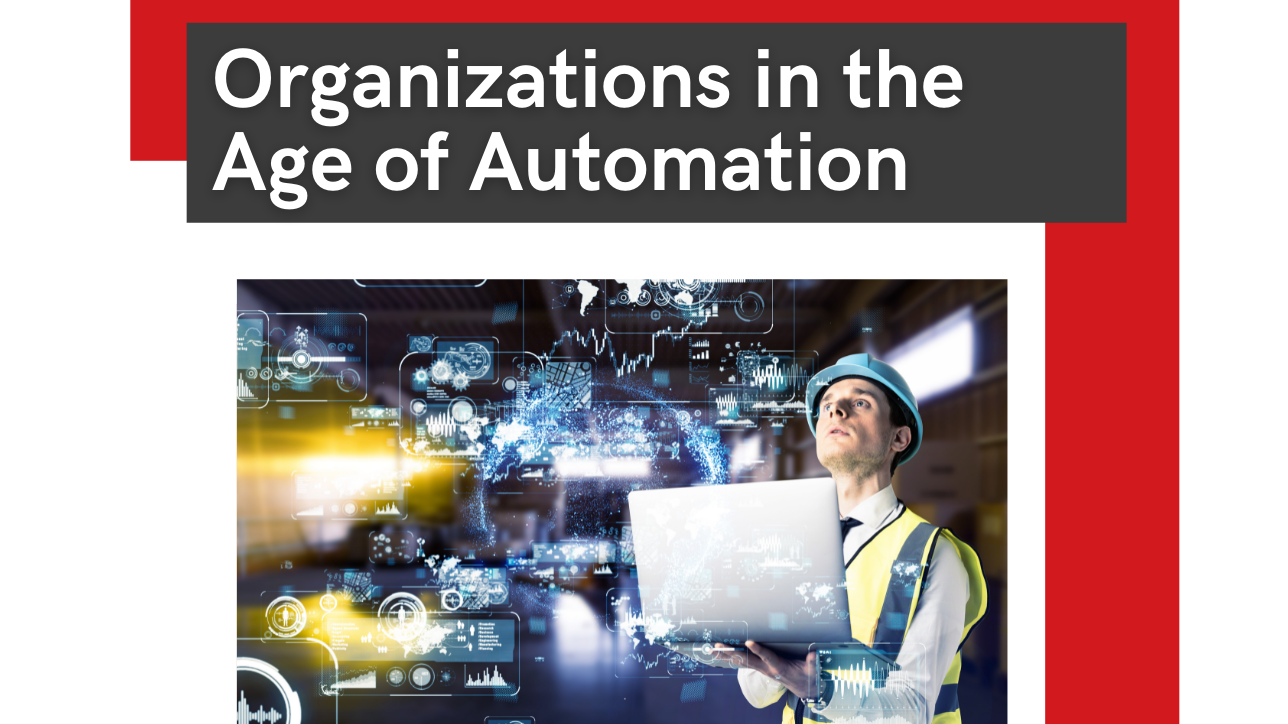5 Minute Read
Takeaway: Organizational purpose or “reason for existence” has long been key in how organization design activities shape and support the strategic direction of the firm.
Most practitioners, consultancies, and thinkers in this space use some notion of purpose in framing the new design. At OTM, we use a combination of Mission, Vision and Gravitational Pull to focus attention on an explicit business direction. We also look at the reason behind the direction and, critically, the strategic differentiation that shapes the organization for success.
All in all, a business needs to have something legitimate to aim for.
Making money isn’t a business direction. Earnings is a consequence of achieving your business direction and purpose. It’s the reward of hard work in meeting the needs of the customer. This logic is founded within understanding of economics. Adam Smith’s “Wealth of Nations” highlights this and little has changed since. The purpose of an organization and business is value creation. The consequence, if achieved well, is profit in addition to the economic welfare of society.
Technology in the service of people
So, if the need for value creation has stayed constant, what has changed?
In a previous OTM article discussing 2019 organization design trends, I was struck by the Organization Design Forum’s conference theme for 2019 : Technology in the Service of People. Although the title didn’t initially seem promising, I started thinking about the connection between purpose and technology. The theme made sense—we are at a crossroad in organization design thinking.
In 2013, I wrote a thought piece for a Big Data conference about the implications of big data and organization design. At the time, I was early into my PhD research and full of lofty ideals about the future of work and how meaning is created within organizations. The underlying concern of my paper was the nature of data as a powerful tool for the mass manipulation of the population. I still hold such concerns and six years on and it’s easy to see how we both benefit from and fall victim to company’s use of big data to sell to us. The question of who actually benefits from technology is a very valid one.

For example, there has been a recent price increase of 3.5% in England and Wales on rail transportation. When defending the price increase, Transport Minister Chris Grayling cited his frustration at Union leaders for continuing to push for wage raises. The price increase, he said, was due to higher wages. The Union’s counter argument may be related to record profits of the rail operators. Privatizing transportation leads to an inefficient use of money that could be used to bring down prices, rather than pay more to shareholders.
The UK rail system is a fine example of the social and technological complexities that we now face within our working lives with the introduction of technology. Of all of the transportation systems used, railways are best suited for automation of operations through technological advancement. The world is currently fixated on automating cars, despite the incredible complexity of working around pedestrians, other traffic, and alternate routes. With rail systems, on the other hand, there is a set route with limited interference from other variables. Despite the theoretical ease of automating rail systems, efforts have been underway for some time with limited success.
Automation is a no-brainer, surely?
Automation of the railway system seems to be a no brainer. And it would be if the debate around “purpose” had been fully explored and agreed upon. It hasn’t by a long way and serves as a good example of purpose needing a definition before one can create the new design.
Ask yourself this: What is the purpose of the railway?
Could it be to…
- Get people from one destination to another?
- Provide businesses with labor resources?
- Support the economy?
- Reduce road traffic congestion?
- Lower our environmental footprint?
- Or maybe it’s to provide employment to train drivers, ticket collectors, and conductors?
Of course, the outcome of railways is a combination of all. But the purpose of its organization? That depends on your perspective and which of the stakeholders you align with. If one were taking a passenger led-perspective, transportation matters most. In this case, technology in the service of people would replace the train driver and ticket collectors with automation, as arguably the humans in the system add little value to the passengers. The result is a reduction in costs. With higher profits for the operators, greater certainty for the passenger, and reduced costs, everyone wins, right?
Yet, if you are a train driver, you could come up with a range of issues that automation does not consider. What about communities whereby a large proportion of the workforce is based is employed by the railway industry? If you own a shop or provide a service in these communities, your business suffers as unemployment raises and people have less money to spend. Crime may increase as social deprivation sets in. If you are the Police, you might take the view that efficient rail transportation is a small price to pay for lower crime rates, which in turn, have an economic cost.
Breaking it down like this, the question of what technology is for and who it serves is not as straight forward. It is bound up with wider concerns about what world we are creating within our organizations. As an organization designer, it is part of my role to help leaders in the discovery process. This is achieved using a whole systems model as well as defining mission, vision and business direction. The issues shaping choices and technology are still very much up for debate and really depend on where in the world you are situated as well as your own beliefs and bias. I wonder, is technology in the service of people something that will be incorporated into debates about Corporate Social Responsibility (CSR)?
Technology continues to change organizational purpose
In the 1980s, the notion that an organization would find itself compelled to act in a particular way without a direct profit motive would have been an anathema. Now, CSR is integral to the fabric of corporate life. Large organizations spend millions to prove that they are good corporate citizens to the world. In doing so, they leverage types of additional brand value in order to further their own economic interests. CSR is used as a differentiation tactic.
Will the way that technology replaces people also be used in differentiation in the future?
If you take a dystopian view, then the world is speeding towards mass unemployment at worst or a hollowing out of the labor market with very low wages on one side and very high wages on the other at best, exacerbating inequality. As a consumer, would I pay more to be sure that a real person is looking after me when buying a product or service? Currently, I don’t care that much. In the future? I don’t know, but if you look at the pace of technological change, the issue is no longer what is possible. It is what will be acceptable to the masses. The masses are more socially aware and connected in ways that were inconceivable not long ago. Knowledge is power and the citizen has more power in their handheld devices than at any point in the history of humanity.
Never miss out on OTM blog update. Subscribe to be notified whenever we post.
OTM is the leading global boutique organization design consultancy with offices in the USA and UK. With over 450 successful redesigns and operating model modernizations completed, OTM is owner of the industry’s most integrated, comprehensive and holistic organization design solution. OTM enables its clients to realize their future ambitions.


